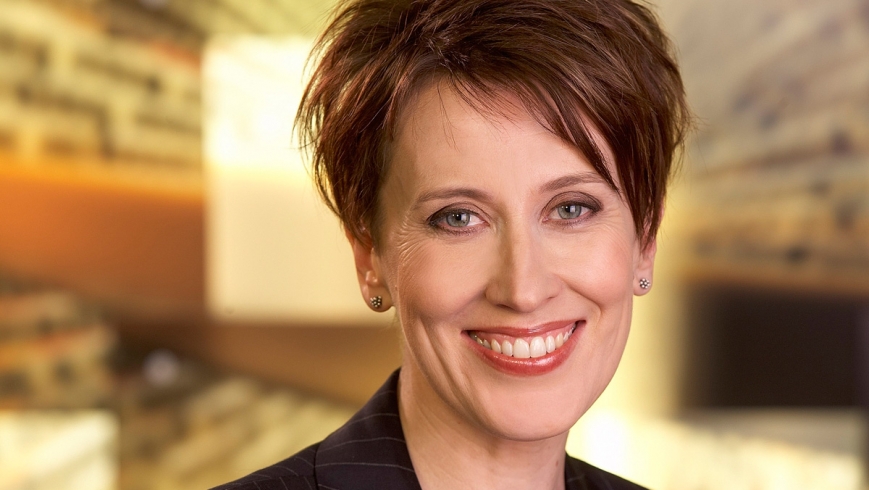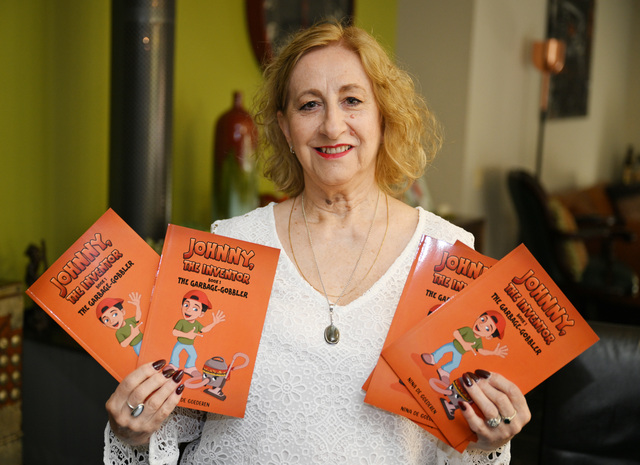I had never heard a scream like it. Maybe in the movies – the only place where such a visceral, utterly terrified shriek of horror would not seem out of place. I had spotted the young mother a few moments before at the playground. She was hovering anxiously around her child, chiding her to stay close at all times. The little girl dashed this way and that. Then suddenly, she disappeared.
That scream of mad terror will stay with me always. I cannot adequately describe the instant, emotional shattering of this mother as she dashed frantically looking for her child, shrieking that someone had taken her. But standing silent, rooted to the spot in shock just five, six paces behind her, was the little girl herself.
I rushed to the woman pointing out that her child was here and was fine, and then watched the pitiful reunion of terrified mother and equally terrified child, separated for mere seconds by the ever-present fear of abduction and loss. What has made us so afraid? Don’t bother answering that. As I write, the details of the death of Sunshine Coast boy Daniel Morcombe are being recounted in unbearable detail at the trial of his accused murderer – an act so appalling that countless parents who always believed they would let their children roam free and take a bus from time to time now probably drive their beloved children everywhere. It was, of course, a one in a million incident. But one will do.
Crime statistics have always made clear that children are most at risk from people they know, not malevolent strangers in playgrounds or at bus stops. The grieving, devastated mother of poor Luke Batty knows this.
Figures from the Australian Institute of Criminology for 2011 reveal 750 abductions in a 12-month period, and that slightly more than half of these were by a stranger. But children made up fewer than 20 per cent of the cases. That’s around 75 abductions by strangers, out of an Australian child population of more than four million. The tireless Morcombe parents, who do amazing work educating children and parents about the dangers of strangers, won’t want me to say this, but those figures do not represent a clear and present danger. But as the royal commission into child sexual abuse is demonstrating, known and trusted church, school and youth program leaders certainly can, as can friends, family members and even parents.
It is sometimes almost impossible to find equilibrium between real and imagined danger, between improbable threat and possible danger. We can only inform ourselves, make our choices, trust our instincts and, at a certain point, trust our children. At a certain point, we have to decide not to torment ourselves any longer with awful imaginings.
Strange how passing intimacies can be so quickly formed. The sobbing mother, her child and I stood with arms wrapped around each other, and I found myself quietly telling this complete stranger that she would drive herself crazy if she believed her child was gone for all time every time she disappeared from view; that we both had a long way to go with our little ones, and that we needed to be calm, strong and confident for them.
I don’t know if she heard me. Both mother and child were sobbing too hard for anything more than mute comfort. I was probably speaking out loud for my own benefit really, as I daily confront my own anxieties about the health, well-being and happiness of my child. The shadowy threat of the stranger is just one of them.







